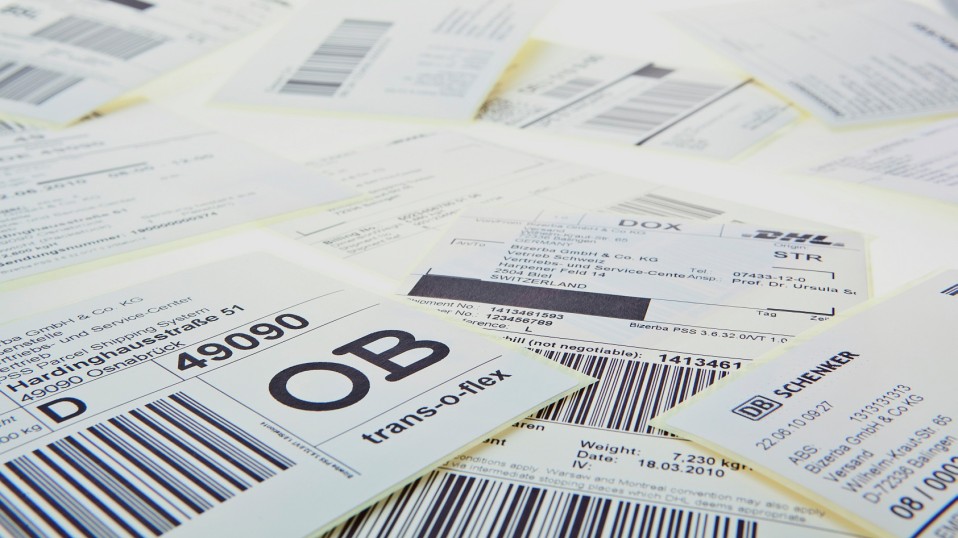
What Can You Do With 3D Printing?
3D printing is a relatively new but fast-growing additive manufacturing process that works by creating a physical product in successive thin layers of material emitted from a 3D printer. The 3D printer uses a computer file or a digital 3D model to generate the layers of the image and determine how the product will be printed.
In most cases, the actual printing of the product is preceded by the creation of the 3D model of the product on a computer with the aid of design and modelling software. When the product to be printed already exists, a 3D scanner may be used to create a virtual replica of the object. Subsequently, the modelling software makes the layers (usually in thousands) that will be sent to the printer to create the object.

The following ideas demonstrate the advantages and applications of this manufacturing technology in various industries.
Automotive: Intricate Parts Without Assembly
One of the greatest benefits of 3D printing is the capacity to produce very complex and intricate parts and components without any assembly. For instance, it is now possible to create honeycomb structures with complex geometries and steel panels. In fact, while producing gear trains in automotive factories, a whole set of encased gears can be manufactured without any major assembly. In the production of fuel nozzles, which requires the casting of up to 20 different parts, when manufactured with the traditional manufacturing, 3D printing can be used to produce the entire fuel nozzle without any assembly.
Defence: Body of Jet Airplanes
The defence departments or ministries of various nations can use this technology to enhance the building of jet fighters. From the external structure comprising the wings and body to the internal structure, wiring and antennas, 3D printing may be used to manufacture these parts. It is now possible to produce such massive aircraft with additive manufacturing because a large computer controlled gantry can be utilized to transport the 3D printers and position them appropriately. Consequently, many of the unmanned aircraft (commonly called drones) used by the U.S. and their allies in the middle east are now produced with 3D printing.
Automotive: Using 3D Printing to Enhance Fuel Efficiency
Most car manufacturers have tinkered with the weight of their vehicles over the years in order to reduce their fuel consumption. However, this has also compromised their structural strength and safety. But now with 3D printing, it is possible to increase the fuel efficiency of cars, pick up trucks, and articulated vehicles, by reducing the weight of the metal used and then adding intricate structural enhancements that were not possible with traditional manufacturing process such as milling, turning, casting and welding. Thus, with additive manufacturing, the body work of these vehicles will be lighter and stronger and also offer improved fuel efficiency.
Consumer Electronics: Development of Micro-batteries
In the production of consumer electronics, 3D printing is now a viable alternative to traditional manufacturing. It allows manufacturers to create more intricate designs and cut off the overheads that usually raise the cost of production. With additive manufacturing, costs of importing component parts can be completely eliminated, it can also make the weight of the product much lighter than the version produced with conventional manufacturing. Since it is possible to use several printer jets to print out different materials simultaneously, innovative producers can exploit this opportunity to print many components, that had to be assembled, on a single surface. For instance, micro-batteries and electronic circuits may be printed on one surface and thus eliminate the need to put in a removable battery unit or an electronic circuit board.
3D Printing of Parts at Dealerships
With the most recent advancements in additive manufacturing, some major car manufacturers like Honda and BMW are setting up systems that will cut down the cost and eliminate the delays involved in the production and delivery of parts to dealerships across the globe. This means that when a dealership needs spare parts to service any of their client’s vehicles, they can easily select the appropriate part number on their computer, examine the 3D model to confirm that it is the right component, and then use a 3D printer to manufacture it to OEM standards. This application of 3D printing technology can be replicated in many other industries and used to produce parts on demand and so reduce the cost of keeping inventories and shipping parts to dealers in different countries.
Conclusion
Those are just a few of the possible applications of this creative way of making virtually any physical object. No matter what your field is, you will find one way to incorporate 3D printing to enhance efficiency, reduce costs, and manufacture products that are not possible with conventional manufacturing systems.


